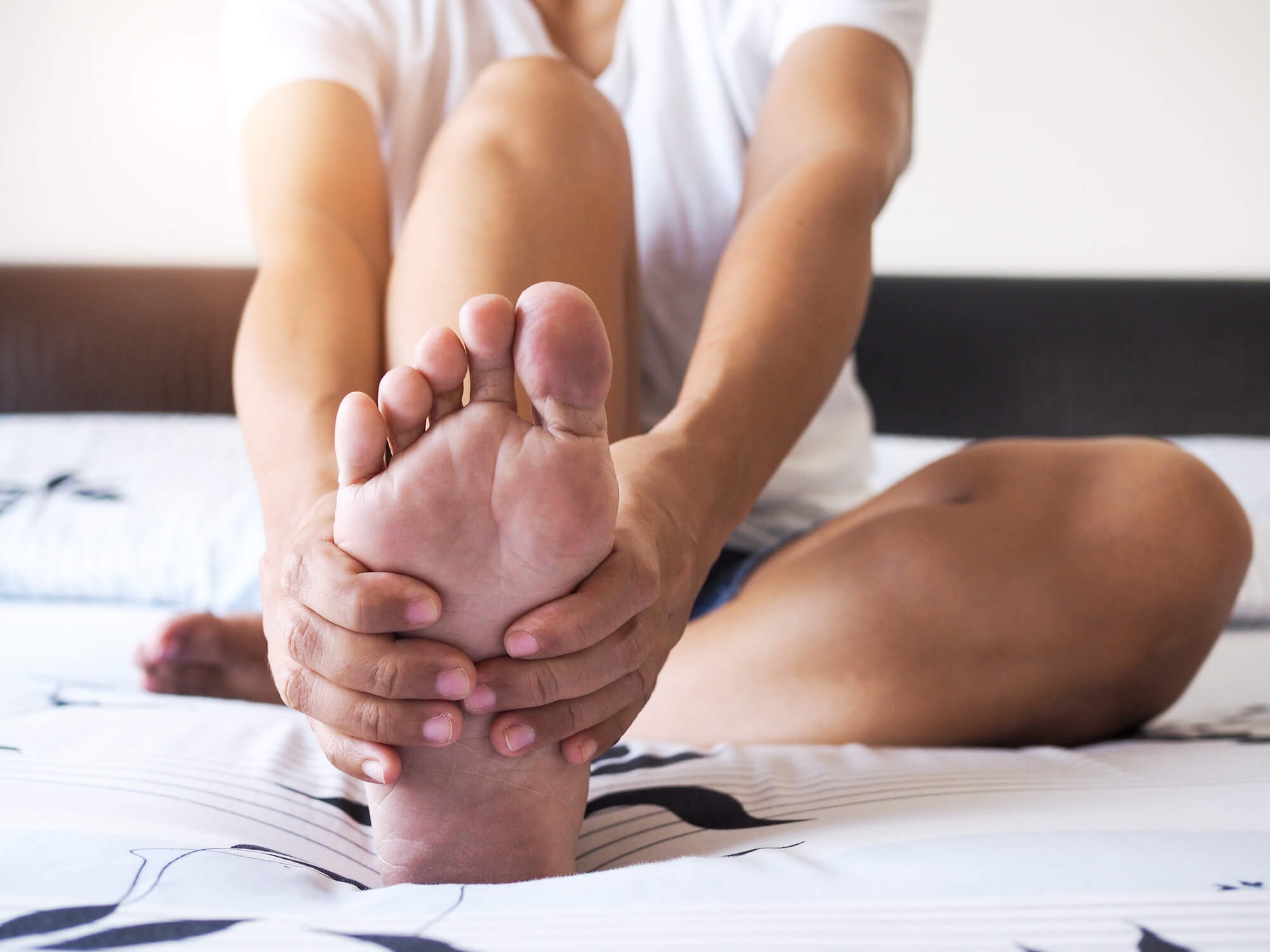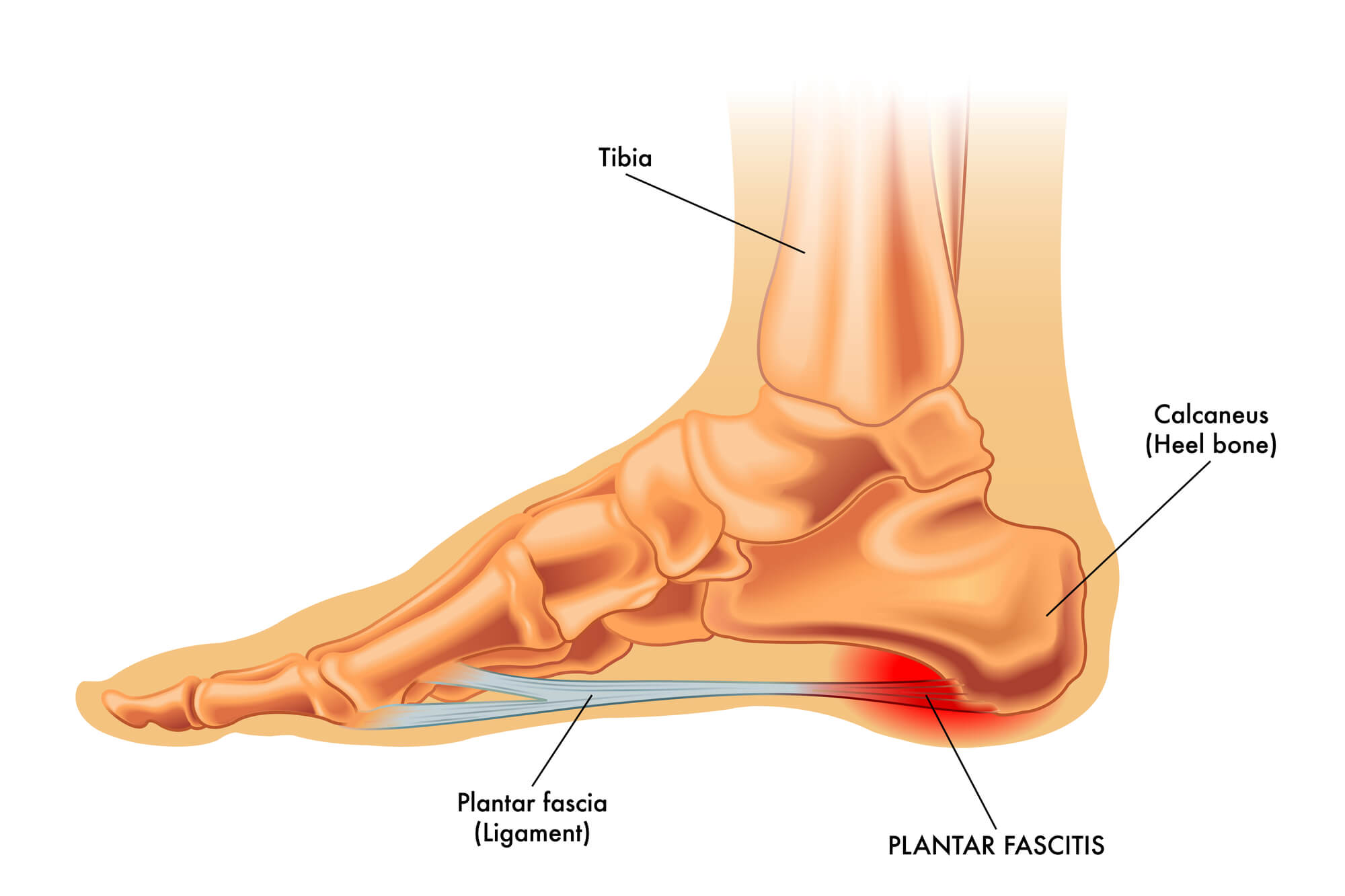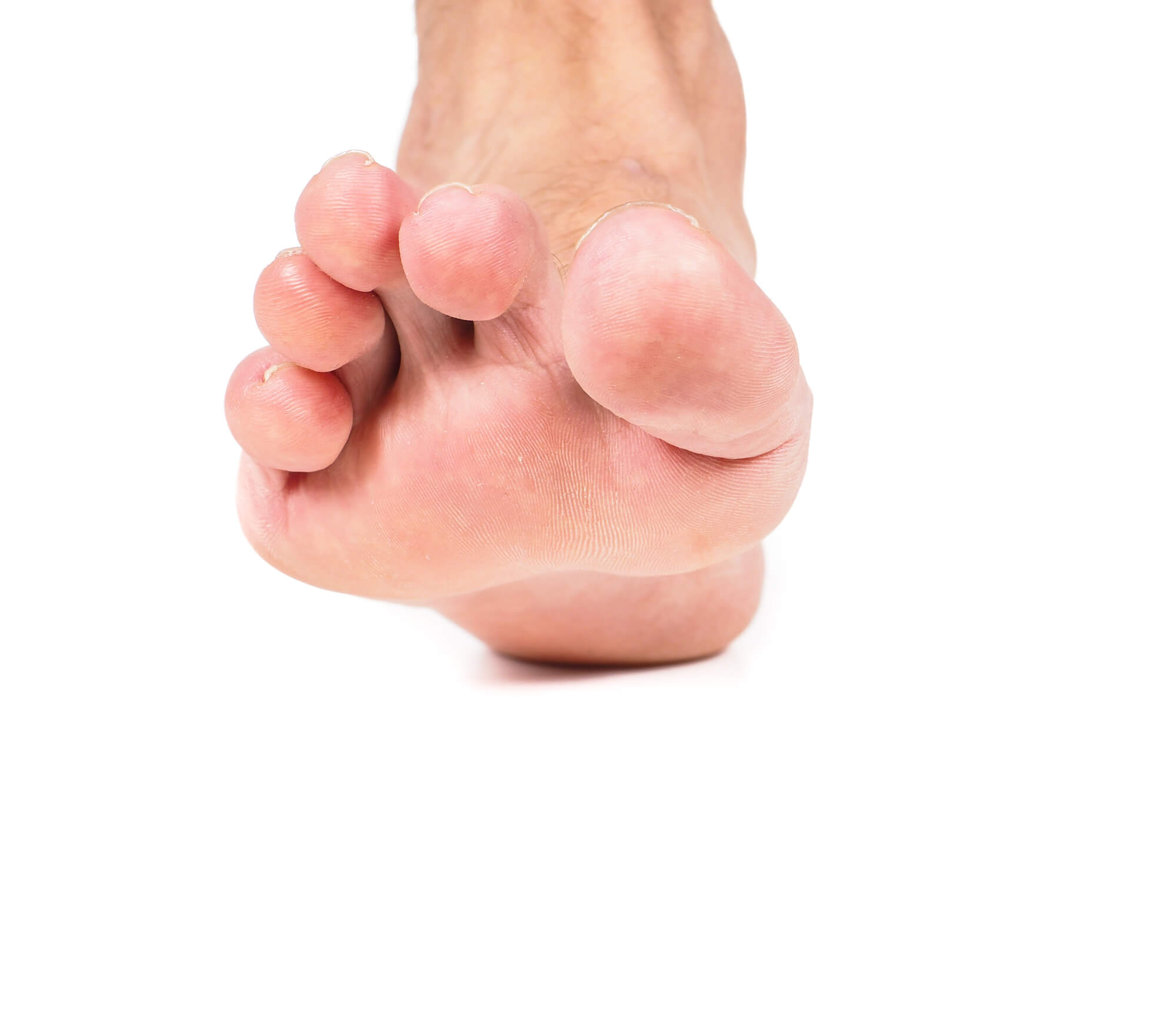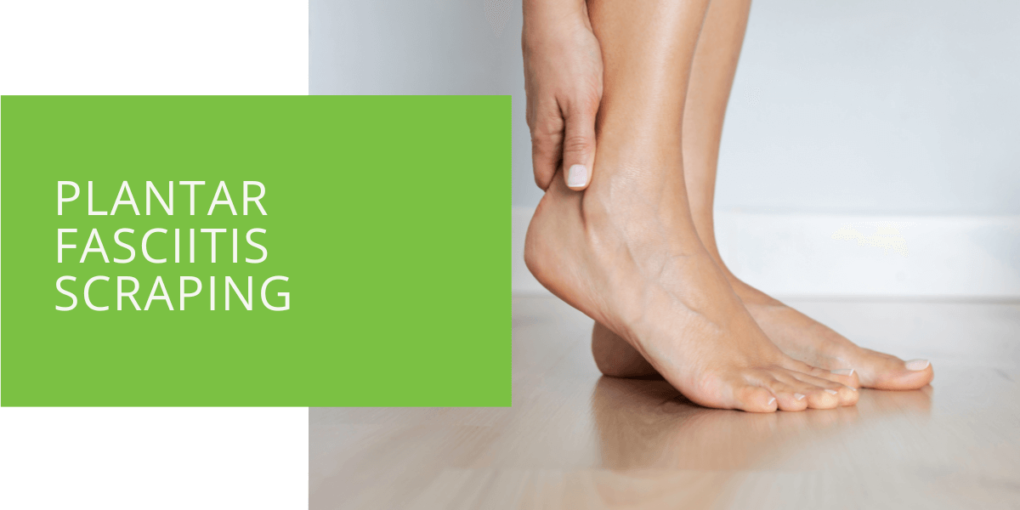Plantar Fasciitis Scraping
Plantar fasciitis is a common foot condition that causes pain in the heel and bottom of the foot. It is often caused by overuse or strain on the plantar fascia, a band of tissue that runs across the bottom of the foot. The pain associated with plantar fasciitis can be severe and debilitating, making it difficult to walk or stand for long periods.
You may seek relief from the pain if you're suffering from plantar fasciitis. One non-invasive treatment option that you may want to consider is plantar fasciitis scraping. In this article, we'll explain plantar fasciitis, how scraping works, and how to perform plantar fasciitis scraping at home. We'll also discuss when to use scraping as a treatment option and any precautions and considerations you should be aware of.
What is Plantar Fasciitis?
Plantar fasciitis is a condition that causes pain in the heel and bottom of the foot. It is caused by strain or overuse of the plantar fascia, a band of tissue that runs across the bottom of the foot and connects the heel bone to the toes. When the plantar fascia becomes strained or inflamed, it can cause pain in the heel and bottom of the foot, especially when walking or standing for long periods.
Plantar fasciitis is a common condition that affects people of all ages and activity levels. It is more likely to occur in people who are overweight, have flat feet or high arches, or engage in activities that put a lot of strain on the feet, such as running or dancing.
Symptoms include:
- Pain in the heel and bottom of the foot, especially when walking or standing for long periods
- Pain that is worse in the morning or after long periods of rest
- Pain that improves with activity or stretching
- Swelling or tenderness in the heel or bottom of the foot

What is Plantar Fasciitis Scraping?
Plantar fasciitis scraping is a non-invasive treatment option that involves using a tool to gently scrape the bottom of the foot to stimulate blood flow and promote healing. The tool used for scraping is typically a metal scraper or a plastic instrument with a textured surface.
Scraping is believed to work by breaking up scar tissue and promoting the release of toxins from the affected area. It is thought that this process helps to reduce inflammation and improve circulation, which can, in turn, help to reduce pain and improve overall healing.
Benefits of Plantar Fasciitis Scraping
There are several potential benefits to using plantar fasciitis scraping as a treatment option for foot pain. Some of the most notable benefits include:
- Non-invasive: Plantar fasciitis scraping is a non-invasive treatment option, meaning it does not involve incisions or injections. This makes it a good option for people who are hesitant to undergo more invasive procedures.
- Easy to perform at home: Plantar fasciitis scraping can be easily performed at home, which makes it a convenient and accessible treatment option. This can be especially beneficial for people who have busy schedules or live in areas where access to medical care is limited.
- Inexpensive: Plantar fasciitis scraping is relatively inexpensive compared to other treatment options. This can be a major benefit for people looking for relief from foot pain but may not have the financial resources to pursue more expensive treatments.
- Low risk of side effects: Because plantar fasciitis scraping is a non-invasive treatment option, it carries a low risk of side effects. This makes it a good choice for people who are sensitive to medications or who may be at risk for complications from more invasive procedures.
- Effective for some people: While plantar fasciitis scraping may not be effective for everyone, many find it helps reduce pain and improve healing. It is often used with other treatment options, such as stretching and physical therapy, to provide the most comprehensive relief.

How to Perform Plantar Fasciitis Scraping
If you're interested in trying plantar fasciitis scraping as a treatment option, there are a few things you'll need to know before you get started. First, it's important to make sure you have the right tools. You'll need a scraping tool.
To perform scraping, follow these steps:
- Find a comfortable, seated position where you can easily reach your feet.
- Begin by scraping the bottom of one foot, starting at the heel and working your way towards the toes.
- Use light to moderate pressure, depending on your comfort level and the severity of your pain.
- Scrape each area for 30-60 seconds before moving on to the next.
- Repeat the process on the other foot.
- Perform plantar fasciitis scraping once or twice per day, as needed.
It's important to be gentle and take your time when performing plantar fasciitis scraping. It's also a good idea to start with light pressure and gradually increase it as you become more comfortable with the process.

Tips for Getting the Most Out of Plantar Fasciitis Scraping
There are a few tips you can follow to help you get the most out of plantar fasciitis scraping:
- Use a good scraper: Make sure you have a high-quality scraper that is well-maintained and not too worn down. A good scraper will be more effective and less likely to irritate.
- Warm up your feet: Before you begin scraping, it can be helpful to warm up your feet by soaking them in warm water or applying a warm compress. This can help relax the muscles and improve circulation, making the scraping process more effective.
- Follow up with stretching: After you finish scraping, it can be helpful to follow up with some gentle stretching exercises to promote healing and flexibility in the feet further. Some simple stretches you can try include pointing and flexing your toes, rolling a ball under your foot, and doing calf stretches.
When to Use Plantar Fasciitis Scraping
Plantar fasciitis scraping can be a useful treatment option for people suffering from pain and inflammation in the heel and bottom of the foot. It can be especially helpful for people who are looking for a non-invasive treatment option that can be done at home.
However, it's important to remember that scraping is not a cure-all for foot pain. It can be an effective treatment option with other therapies, such as stretching and physical therapy. Still, it may not be sufficient on its own for more severe cases of plantar fasciitis.
If you're considering scraping as a treatment option, you should speak with a podiatrist or other medical professional to determine whether it's appropriate for your specific situation. They can help you develop a comprehensive treatment plan that considers your overall health and any underlying conditions you may have.

Precautions and Considerations
Taking a few precautions and considerations into account when performing plantar fasciitis scraping at home is important. Some things to keep in mind include:
Use caution: Be careful when performing plantar fasciitis scraping, as using too much pressure or scraping too hard can cause irritation or even injury. It's important to listen to your body and stop if you experience any pain or discomfort.
- Don't use on open wounds or infected areas: Plantar fasciitis scraping should not be used on open wounds or infected areas. If you have any cuts, abrasions, or infections on your feet, it's important to avoid scraping and seek medical treatment instead.
- Take breaks as needed: It's important to take them when performing plantar fasciitis scraping. If you feel tired or uncomfortable, take a break and rest your feet before continuing.
- Don't rely on scraping alone: As mentioned earlier, it's important to remember that plantar fasciitis scraping should not be relied on as a sole treatment option. It's best used with other therapies, such as stretching and physical therapy, to provide the most comprehensive relief.
Conclusion
Plantar fasciitis scraping is a non-invasive treatment option that can effectively reduce pain and inflammation in the heel and bottom of the foot. It is easy to perform at home and can be a good addition to a comprehensive treatment plan.
If you're considering scraping as a treatment option, you should speak with a podiatrist or other medical professional to determine whether it's appropriate for your specific situation. They can help you develop a treatment plan that considers your overall health and any underlying conditions you may have.
Plantar fasciitis scraping can be a useful tool for relieving foot pain and promoting healing. With the right tools and a gentle approach, you can incorporate scraping into your daily routine and start experiencing relief from your foot pain.

